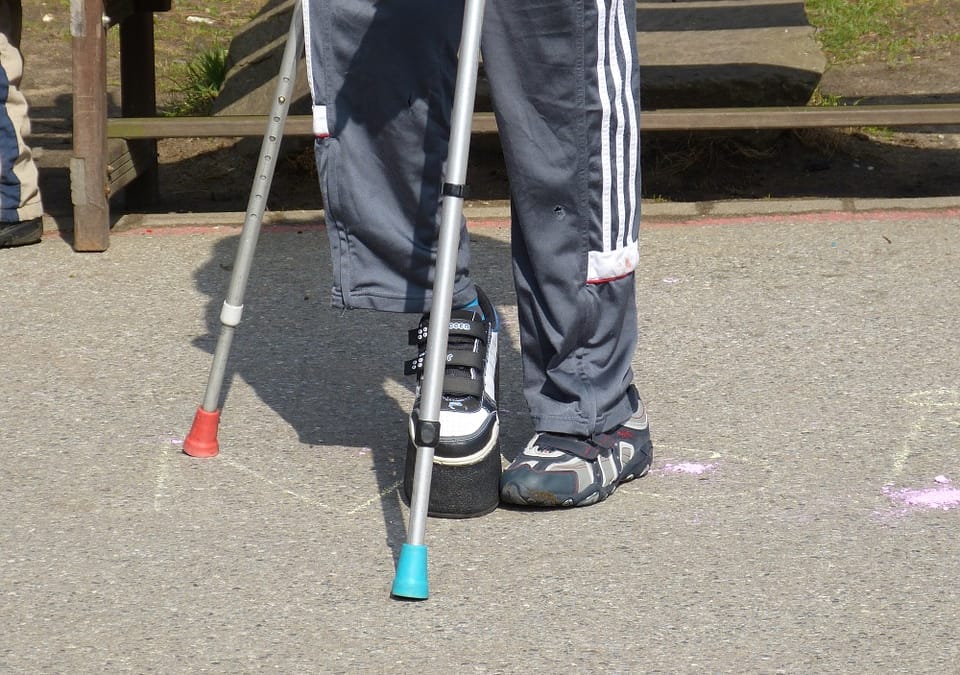
You need healthy feet to support your weight and for mobility. Unfortunately, most people do not give their feet the seriousness it deserves. Consequently, they are forced to visit a podiatrist when the problems get out of hand. This interferes with their daily routines. That said, you should plan for an annual foot care check-ups. In case you have minor or major foot problems, you should consult a foot care specialist. This article will highlight some common foot problems that require expert help.
Common foot problems 
Foot health problems are classified into three broad categories. This classification entails orthopedic, skin, nails, and foot health problems that are systemic in origin. Below is a brief explanation of foot health problems.
Orthopedic deformities
A bunion is the most common form of orthopedic deformity. It results to bony prominences majorly at the joints that are susceptible to pressure arising from the shoes. If pressure persists, it leads to problems such as calluses, which may be painful. One corrective measure of this issue is putting to put on fitting shoes. If this does not work, then seeking the services of a podiatrist is imperative. A podiatrist will recommend either exercise, podiatric surgery or customized shoes depending on the severity of the problem.
Skin and nails issues
A common problem that falls in this category is the formation of callus. Callus is tough skin that forms on areas that experience lots of friction and pressure on an occasional basis. If this pressure persists, it may damage the underlying tissues resulting to ulcers. This may be of particular concern to diabetic and elderly patients as the damaged tissues may take longer to heal. Other common foot skin problems are verrucas and warts. All these problems require the attention of a podiatric without hesitation.
Diabetes foot care

Arthritis
Osteoarthritis and rheumatoid arthritis are the most common types of arthritis. Osteoarthritis results due to deterioration of the cartilage joint. It is characterized by swelling pain and stiffness of the joint. On the other hand, rheumatoid arthritis is an autoimmune inflammatory disorder that affects the joints of the knees, wrists ankles, hands, and feet. The joints, in this case, are stiff, swollen, and painful. A podiatrist in either of these cases works to reduce pain by designing custom-made orthoses, podiatric surgery, and shoe modification and minimizing the chances of other complications.


